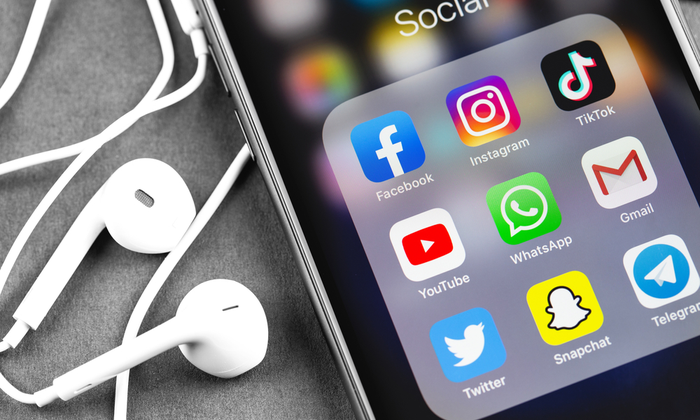
By Evelyn Lopez
With the recent events of Elon Musk purchasing Twitter, there has been a concern with hate speech and disinformation increasing. Though Twitter has already been known to be a space where users tweet mean and aggressive words, Twitter is not alone in being a harmful medium. Most social media harms their users both mentally and physically.
According to the American Academy of Child & Adolescent Psychiatry, around 90 percent of teens have social media and 51 percent of those teens use social media daily. With so many social media platforms, there is an increase in the potential risks of using these apps. The potential risks can include interference with sleep, exercise, and family time, an increased risk of cyberbullying, privacy concerns, exposure to harmful content, and dangerous people.
In a study from the University at Buffalo an article says, “Research participants who used social media excessively were found to have higher levels of C-reactive protein (CRP), a biological marker of chronic inflammation that predicts serious illnesses, such as diabetes, certain cancers, and cardiovascular disease. In addition to elevated CRP levels, results suggest higher social media use was also related to somatic symptoms, like headaches, chest and back pains, and more frequent visits to doctors and health centers for the treatment of illness.”
With the increased amount of teenagers using social media and an increased amount of time spent on it, there can be even more drastic issues faced later on in life.
Among the teens facing a threat to their physical health, their mental health could also take a toll. According to Statista in 2021, around 41 percent of users were harrassed, 35 percent were called offensive names, and 18 percent were physically threatened. As of recently, Facebook shares the highest cyberbullying rate. These are the known risks of any social media but these rates may increase as more people join these platforms, making the platform more and more unsafe for younger users.
With social media becoming a place where harassment rates increase, the most common reason for harassment is physical appearance, race and ethnicity, and gender. With a growing mind and a stressful environment, social media should be a more welcoming place for teens and this negative behavior can lead teens to have more serious mental health issues.
Why do most teens go to social media even if there are many harmful effects of using it? According to an article posted by the McLean Harvard Medical School Affiliate,“ To boost self-esteem and feel a sense of belonging in their social circles, people post content with the hope of receiving positive feedback.”
As teens go out to seek a potential reward from their preferred platforms they can become more and more obsessed with their social status.
A potential solution to preventing such negative aspects from social media could be to eliminate time spent on social media. By eliminating time spent on social media and spending more time on something outside of their phone they can help with their mental health. Also, an increased time away from the phone can help improve eyesight and sleep. As most teens have to wake up early for school but stay up late, putting some time away from social media can help improve sleeping patterns which also helps improve mental health.
Social media has become an increased part of teen culture, and it is important that being a part of this culture helps improve your health. Sometimes the answer is to unplug and take time away from social media and the world as a whole and focus on the smaller things.